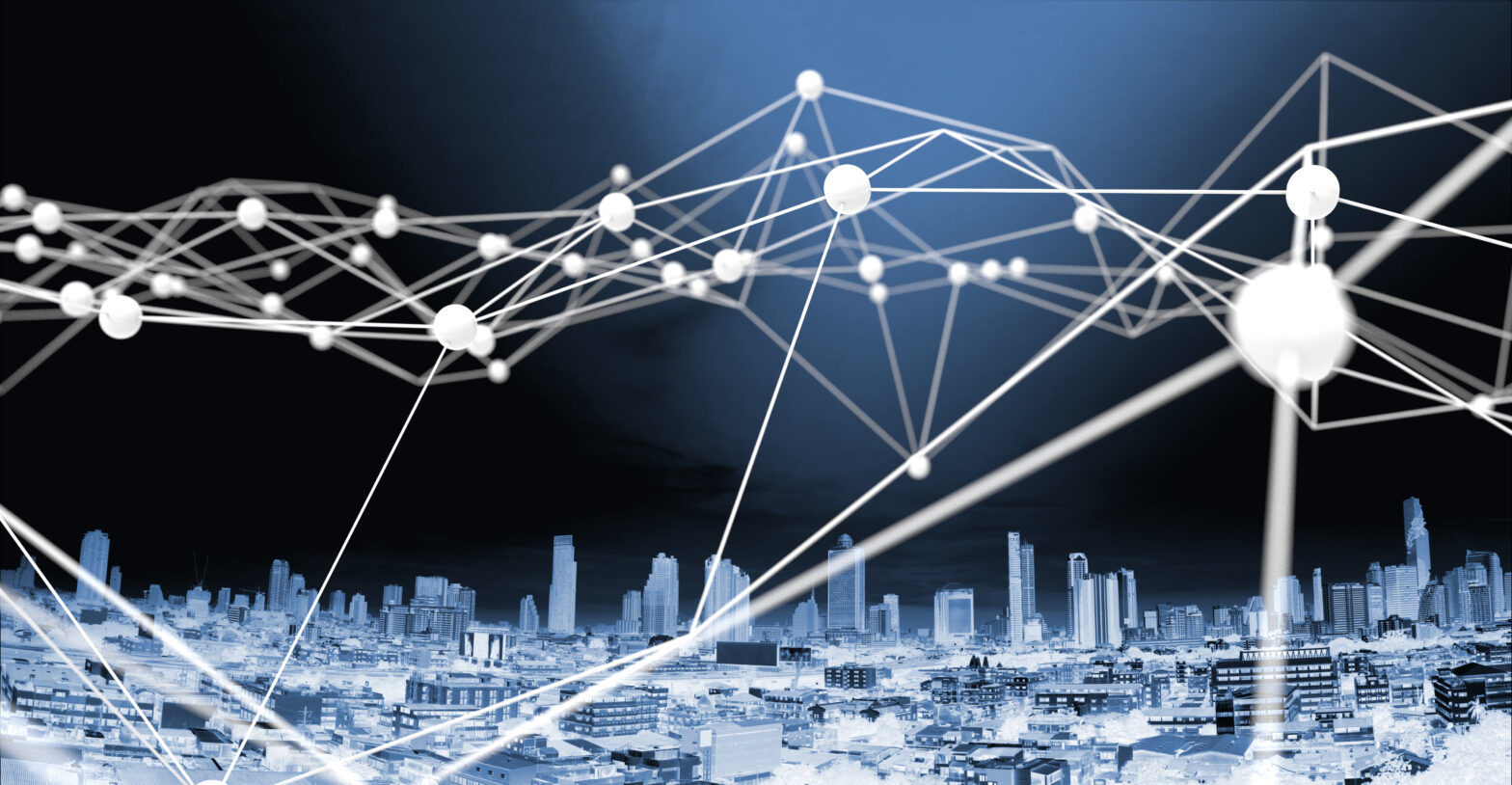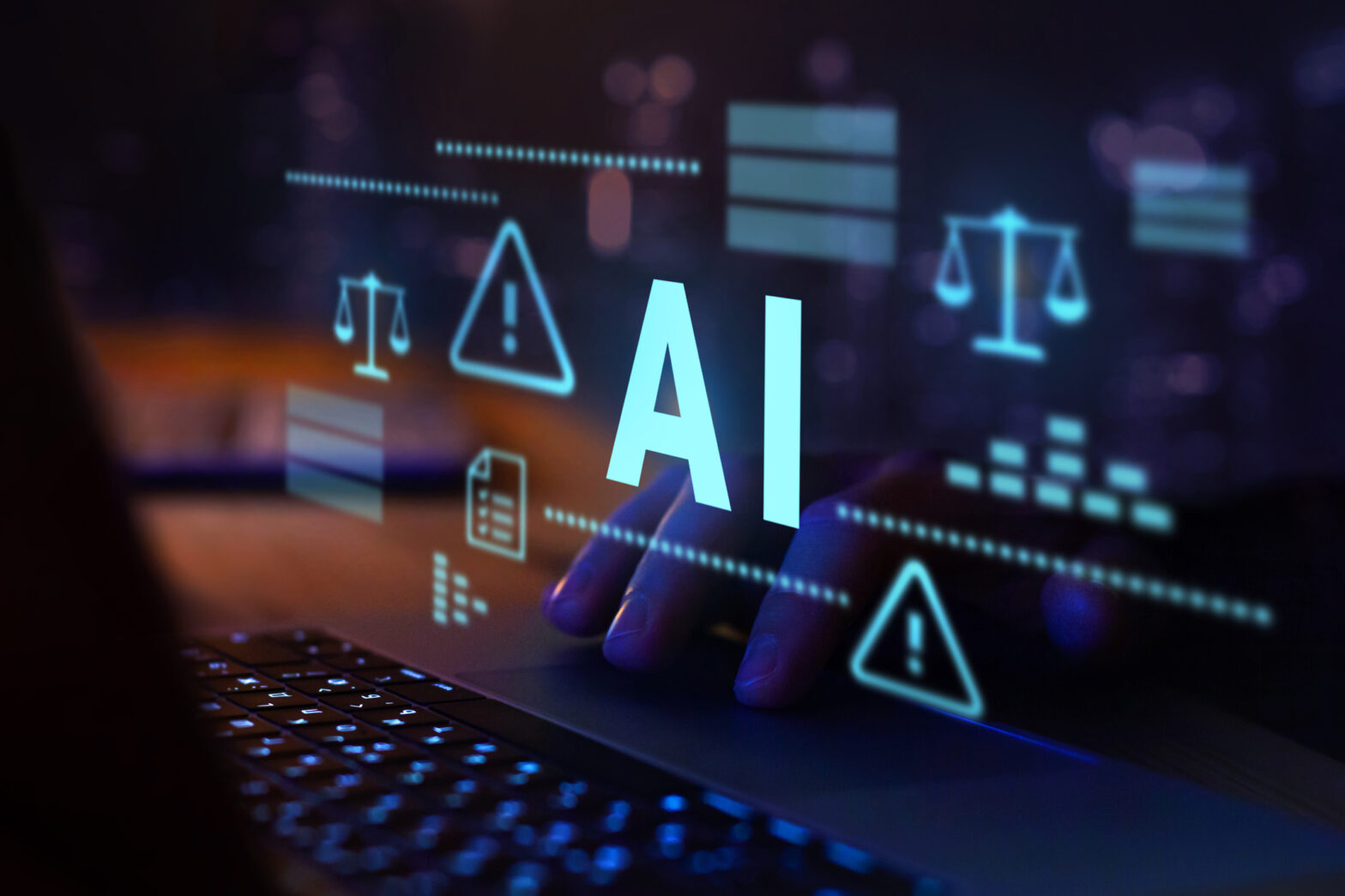In a recent poll of IoT professionals, over half (54%) stated their concerns around current standards of IoT security. Take into account that 56% of these same professionals expect every single device around us to be voice-enabled within ten years, and you have a tension that’s only set to grow. Imagine just that; phones and cars, fridges and cameras, all connected to the internet – but the platform on which they operate lacks the robustness to protect our data.
>See also: Technology-driven transformation in the farming sector
In today’s world, data is indistinguishable from physical identity, and it will only become more entrenched as time goes on. Bank records, voting patterns, addresses and conversations are all tracked in the hope of optimising a particular service or product. But as our digital footprints expand, so too does the visibility to wider audiences.
Fitness app Strava’s recent unveiling of US army bases through its heat map was the physical manifestation of this footprint. IoT – a service built on the use cases of data itself – is not exempt from this tension.
Connecting technologies, not just devices
Can data ever be brought under control, truly? Facebook, Google, and the other tech titans have tried, and are regularly criticised as a result. Because the more centralised our online lives become, the more damage a singular targeted attack could cause. The answer may lie in the complete opposite – the decentralisation of our data. In other words, the blockchain.
Many pundits see blockchain as the tool to bring scalability and privacy to the IoT universe, and over two-thirds (68%) of them expect integration between the two technologies within a five year period. It has all the signs of a successful marriage too, with geographically distributed IoT devices suited to the similarly decentralised peer-to-peer ledger.
>See also: The Internet of Things hype versus reality for businesses
Individual sectors are already seeing blockchain disruption: the music business with the protection of artists’ intellectual rights, and financial institutions in the handling of payments and guaranteeing the integrity of transactions. It’s not far-fetched to see the synergies of multiple technologies as the next step in the innovation timeline. The specific question for IoT, and those businesses that see such great potential in connected devices, is what type of blockchain can wield the greatest rewards.
The other blockchain
Most people will now be familiar with public blockchains through the stardom of Bitcoin. The democratisation of payments has seen blockchain technology become part of mainstream conversations, but private ledgers are largely unexplored.
Private blockchains, which allow only a preselected group of people to maintain the integrity of the ledger, can empower businesses to be more intuitive in the way they manage IoT devices.
Most businesses do not operate in silos, and have to abide by certain regulations or bodies of authority. It’s not practical to reinvent every industry in the mould of Bitcoin, so permission-based ledgers may hold the key to scaling IoT sensibly, while all the while maintaining compliance with external structures.
Take agriculture for example. IoT is already helping to optimise supply chains and deliver smart logistics – tracking assets from a farmer’s field all the way to the shop floor through a web of connected sensors. Partnership with the blockchain, however, can take this one step further; guaranteeing food safety or ensuring the correct farm is given credit by hosting information on a living ledger.
>See also: What should define an enterprise encryption strategy?
What’s more, farmers must abide to strict codes when it comes to what they can and cannot deliver to consumers, whether that be hygiene standards or conditions of livestock.
In uploading a wealth of IoT data to private ledgers, a form of cryptographic auditing is ensured, broken down into simple inputs and outputs. The joy of blockchain technology is that in coding the sensory data of machines directly onto the ledger, validity can be guaranteed from the first entry onward. In short, IoT and blockchain are self-reinforcing.
Preparing for the machines
Optimising current systems is one half of the story, preparing for the future remains the other. 68% predict we’ll see mass industry adoption of IoT within the next five years. One of the key battlegrounds is industrial IoT, and revolutionising how we manage supply chains and logistics.
IoT-enabled devices allow for real-time, predictive maintenance of machines, with the more devices connected to the network contributing to a smarter system. This, however, also raises threat levels, with each new connected device another potential entry point for attackers.
Connected devices have already altered the way businesses face up to security. There’s currently no uniform or overarching standard, so it’s up to individual businesses to take the lead.
>See also: Servitisation: how technology is making service the new product
For those without the resources to design platforms with security in mind from the outset, it can often be an arduous task staying in control. Now imagine when AI becomes commonplace within manufacturing and the rate at which robots exchange data becomes exponential. 61 per cent expect robots to be a mainstay in IoT within a decade – private blockchains may just prevent future issues when interactions go beyond single-thread conversations and into multi-threaded ones between machines themselves.
Both IoT and blockchain technologies are here to stay. Their convergence is largely expected and the potential for them to benefit businesses is immeasurable. On one hand, security concerns can be addressed by distributing information across the ledger; while on the other, IoT and blockchain can work together to disrupt many of the processes we have come to accept.
Private blockchains allow businesses to pick and choose the most favourable features of decentralised lists, and maintaining control in what is contributed to it at the same time. The result, if managed correctly, could change the way we understand and utilise the IoT.
To download Canonical’s Defining IoT Business Models report, click here
Sourced by Jamie Bennett, VP of Engineering, IoT and Devices at Canonical










